I'm woefully far behind on my posts and since I'm currently traveling at the moment I can't update the blog about my trip to the DMZ, photos of my classes from our last days together, etc. However, thanks to the wonder of a smart phone I can share a photo with you all of my current location - Bali!
0 Comments
With the clock gaining momentum on my remaining time in Korea I've decided to try to make the most of it and get out and see a few things. Due to a holiday and a random day off I ended up with an unexpected 4 day weekend in June. On a whim I checked out the cost of flights to Japan and found a ticket that was less than $200! So, I decided to spend a long weekend in Kyoto and Nagoya. It was a whirlwind trip of a roundtrip ride on the shinkansen, shrines, temples, torii and delicious food. Below are a few pictures from the weekend. When you hear about an island with a soft breeze, lush green foliage, clear blue skies and cerulean water that shimmers in the sunlight I doubt your first thought would be it is anywhere in Korea. The peninsula is better known for its concrete cities, expansive rice paddies and rolling mountains than semi-tropical islands. However, Korea boasts a few such islands most notably Jeju-do, south of the peninsula and the lesser known Ulleung-do which is situated in the Sea of Japan. I probably never would've ventured to Ulleung-do on my own. It's not a well-known destination like the aforementioned Jeju or even the cities of Busan or Seoul and it's a bit out of the way since it is in the middle of the Sea of Japan. However, the Gyeongsangbuk-do Office of Education offers a couple of trips a year for EPIK teachers and I was fortunate enough to get chosen for the spring Ulleung-do/Dok-do trip. And so early one morning in May I set out to join other teachers on this EPIK trip. The island of Ulleung-do is a 3 hour ferry from the harbor of Pohang (approximately 2 hours from my small town). Once we arrived we spent the next couple of days exploring the island and its natural beauty as well as local temples. The island which is relatively small can be easily circumvented in a few hours. Meals consisted of local delicacies such as mountain vegetable bibimbap and hoe, a type of raw fish (which as you might guess I did not try). While the Gyeongsangbuk-do Office of Education sponsors two trips a year for EPIK teachers to learn about Korean culture the Ulleung-do/Dok-do trip isn't without ulterior motives. I suspect the main reason behind the trip - why the Gyeongsangbuk-do Office of Ed sponsors 50 foreigners and pays for their food, lodging and transportation for 3 days - is that it is a propaganda trip to convince foreigners that the island of Dok-do belongs to Korea. Dok-do or as it is known in the West the Liancourt Rocks is a contested territory between Korea and Japan (where it is known as Takeshima). Even today the governments of these two countries argue bitterly over who truly owns the land. Both countries state that they have a historical claim to the land which is only marginally closer to mainland Korea than that of Japan. While the basis of the argument is in part due to fishing rights in the area as well as the possibility of natural gas deposits below it the issues runs much deeper for many Koreans. The pictures below are of a 3-D model of Dok-do (on the left) and a sign at the museum (on the right) - note the final notice on the sign. After our daily jaunts around the island we would return to the hotel where we would sit through lectures given by a law professor at a Korean university. The professor spoke at length about the legal aspects of Dok-do - the history of Korea's claims, whether the land should be considered a rock or an island (this distinction determines the amount of mileage a country gains with indisputable boundaries around the land mass) and more. Though aspects of the lectures were interesting I found them to further propagate the Korean government's agenda of trying to get the international world to back its claims for Dok-do and the vilification of Japan via half-truths. One of the most glaringly obvious was the repeated claim made during the lectures that Japan never apologized for the atrocities committed during the colonial period. This simply isn't true - the Japanese government including multiple prime ministers as well as Emperor Hirohito and the current Emperor Akihito have apologized. It's understandable if Korea didn't feel the apology was adequate but to continue to state that Japan never apologized is a fallacy. While it seems to be a minor matter I believe it reflects the situation at hand - Korea refuses to acknowledge attempted amends made by the Japanese because the national psyche is caught up in a cycle of hate. However, this doesn't mean that Japan is completely absolved of the horrors committed in its past especially as the far right wing in the government makes outrageous claims and continue to push for educational textbooks to eliminate many of the atrocities from its colonial period at the hands of the Japanese military. Our journey to Dok-do occurred on the second day of our trip. After traveling around Ulleung-do in the morning we boarded a ferry with dozens of Koreans for the island. This ferry ride took an hour and half one way. When we arrived at Dok-do I think many of us were surprised at how small the land was - the debate whether it is an island or a rock would be difficult to determine. A small garrison of Korean police officers live on the island though I imagine not very comfortably. While there we were limited to the dock - people were not allowed to touch the actual rock formation of the landmass (pictured above) - of which a Korean policeman made sure to enforce (strangely enough that's the only law I've seen a Korean policeman enforce). And how long was our visit there for? A mere 20 minutes - the longest amount of time visitors are permitted to stay on the island. After that short amount of time we re-boarded the ferry and headed back to Ulleung-do on a slightly rocky sea. After living in Korea for two years it has become apparent to me that Koreans strongly associate the claim to Dok-do with the Korean national identity as a whole. Dok-do isn't just a series of islands in the Sea of Japan (or the East Sea as it is called on the peninsula) but a symbol of the on-going animosity between Japan and Korea. If one isn't familiar with the history of Korea it's important to know that Japan attacked the country a number of times in the past and eventually colonized the peninsula before the onset of WWII. It is true that at times in history the Korean peninsula suffered horrific atrocities at the hands of Imperial Japan. The lingering effects of those severe actions is that even today many Koreans harbor a extreme hate for Japan which seems to be a strong factor behind the association of Dok-do as part of their national identity. I will not presume to fully understand the issues between the two countries or what it is like to have survived some of the atrocities of colonization or war (of which part of the population in both countries lived through) however the dramatic hate directed towards the Japanese people is a bit difficult to deal with coming from the viewpoint of a foreigner. Sadly that hate is being passed on through the generations and it probably will not change in the near future. Upon returning from this trip I can reflect back and think about how it was a memorable adventure. I was able to see a part of Korea I never considered visiting and grew to appreciate the tiny island of Ulleung-do and its intense natural beauty. Visiting Dok-do gave me the opportunity to gain insight in to the issue from the perspective of international law as well as come to face with just how strongly Koreans associate the landmass with their own national identity. However, what I'll remember most about this trip are the gentle lapping waves of shimmering blue water and the soft breeze of this quiet Korean island.
If the name Bongamsa sounds familiar it is because last year, on the Buddha's Birthday, I visited this esoteric temple tucked away in the mountains of Gyeongsangbuk-do. The temple is a meditative spot for the Jogye order (akin to Zen Buddhism) and closed to all but the Buddhist monks who train there. However, in honor of the Buddha every year the monks open the temple up to the public on his birthday (a public holiday here in Korea) and it quickly becomes crowded with throngs of ajummas and adjoshis wearing brightly colored hiking gear along with a few families and young couples. It's not a surprise that people flock to the temple on the one day that it is open - not only is it a relatively unique opportunity to explore an otherwise exclusive temple compound but it is also a strikingly beautiful temple with a backdrop of the towering mountains of central Korea. For the visitors who are there as devotees the main temple building which features a large statue of the Buddha is open and occasionally a monk a will be in there chanting the sutras. For the rest of the visitors the temple grounds are open to explore though there are some areas that are still off limit to visitors. As Buddhist temples do on the auspicious day of the Buddha's birthday the temple offers a small meal for visitors - a bowl of simple bibimbap (mixed vegetables, rice and gochujang, a spicy sweet pepper paste) and another bowl of seaweed soup. Below are a few pictures from a morning at the temple ~ |
| Mindy in the City |
|
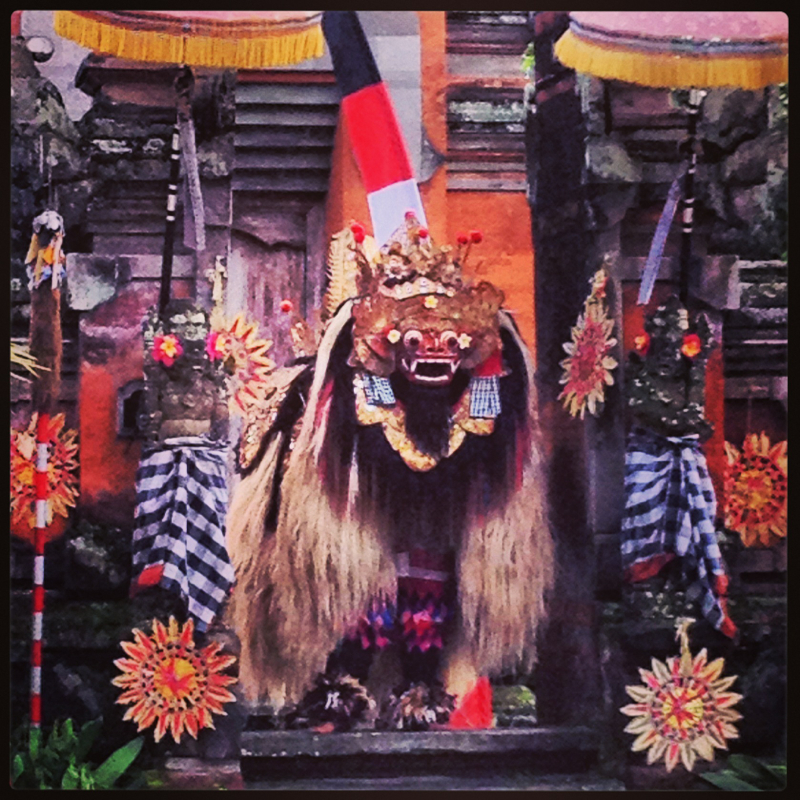
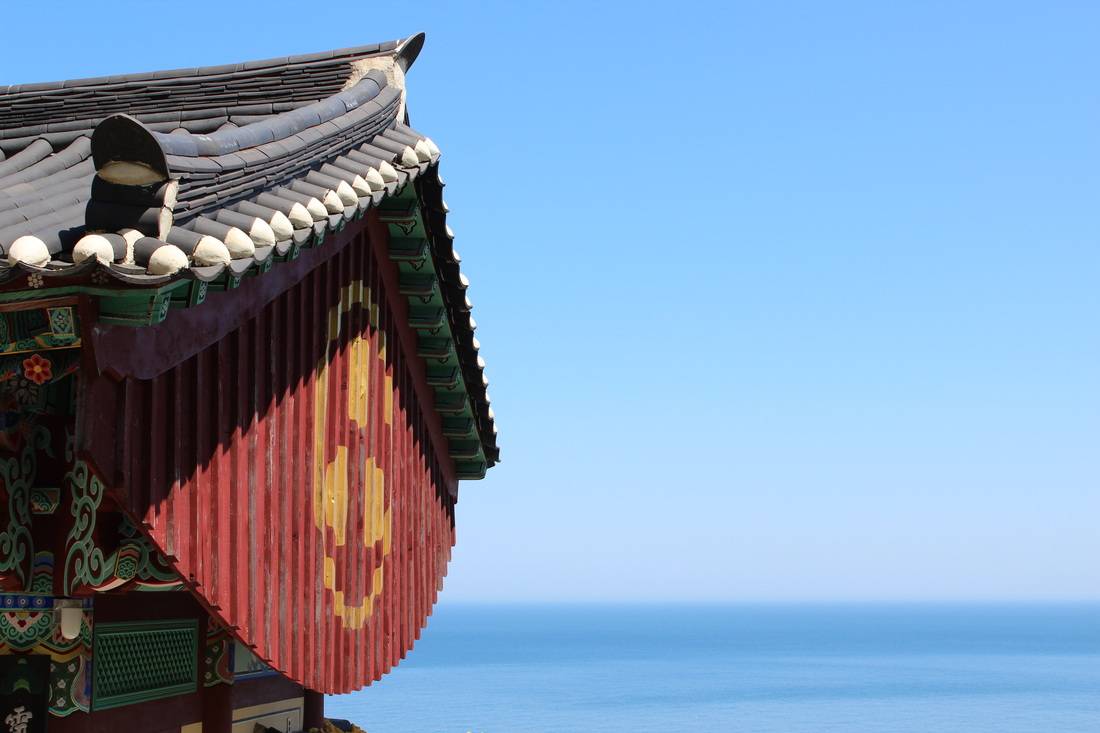





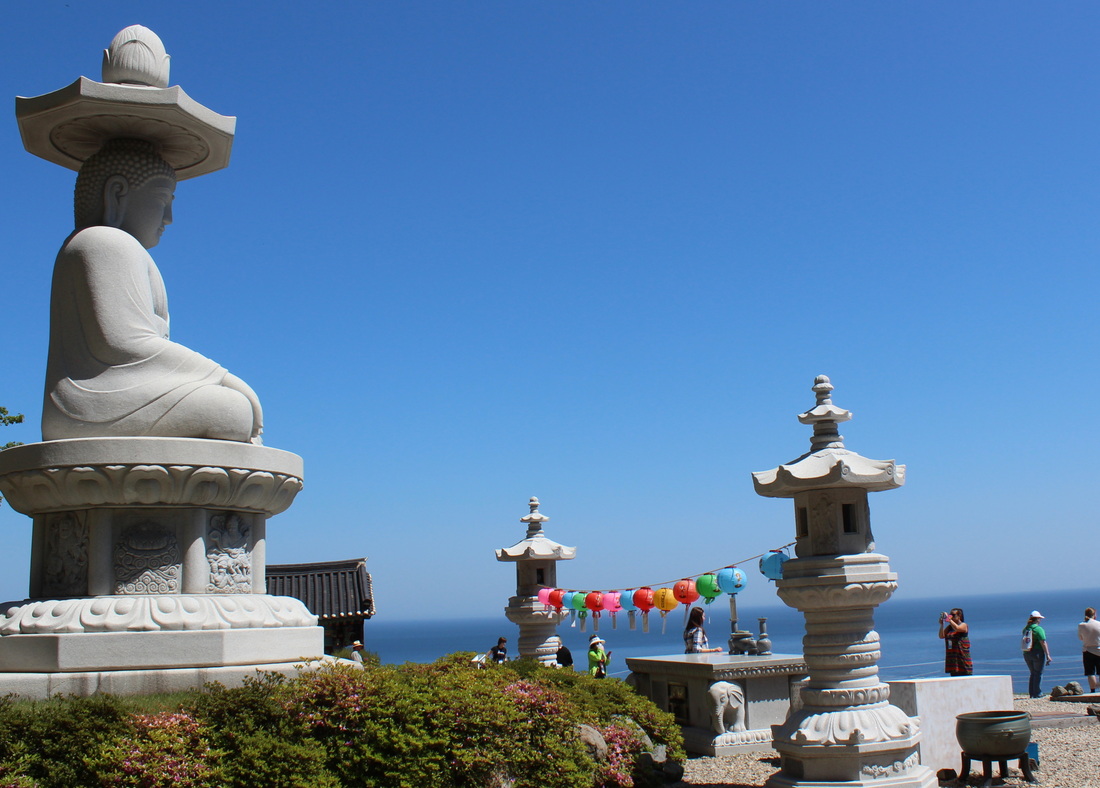
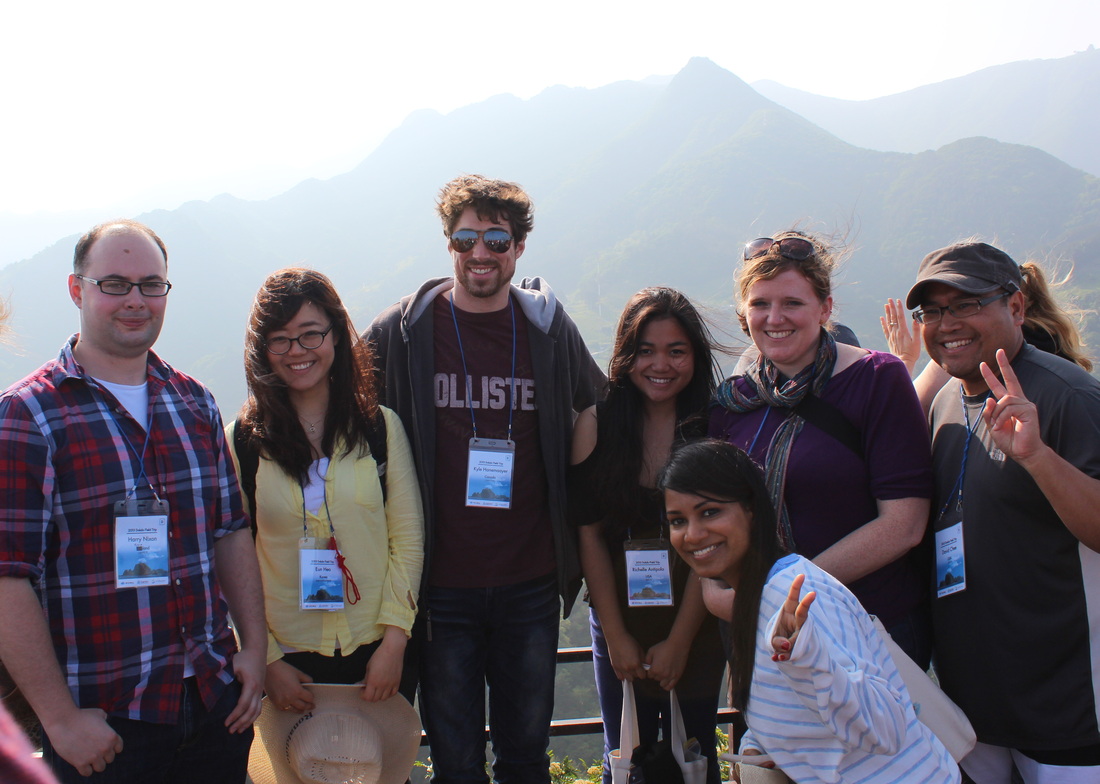
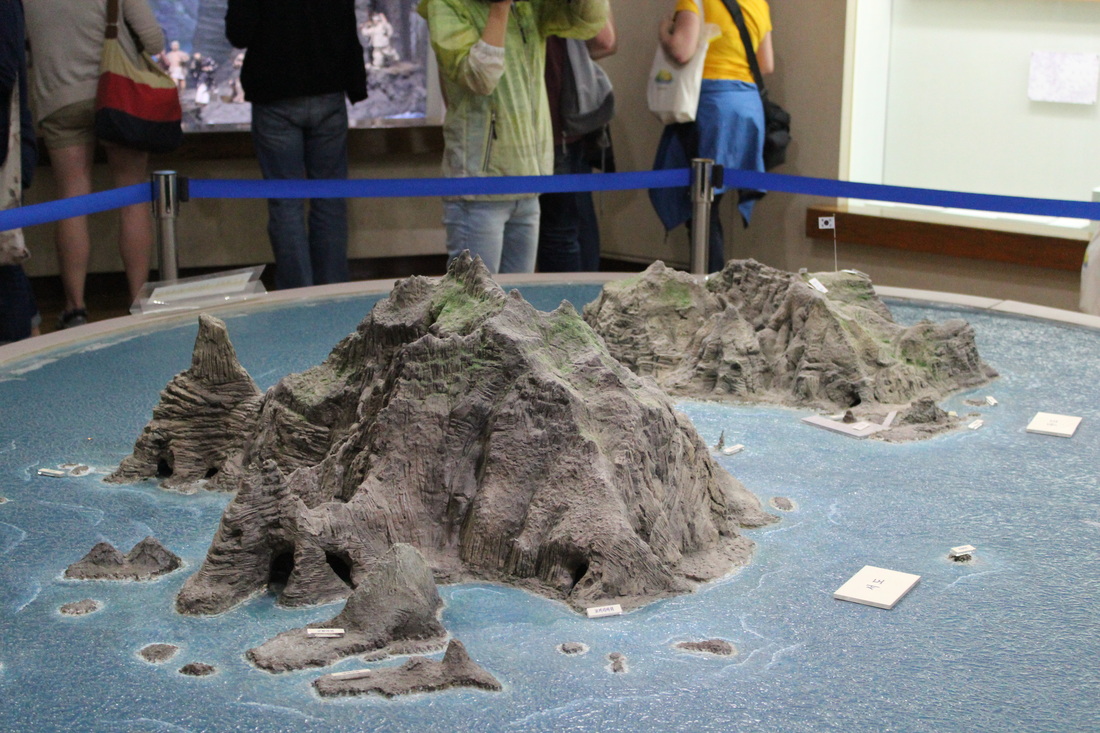
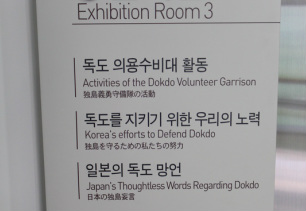

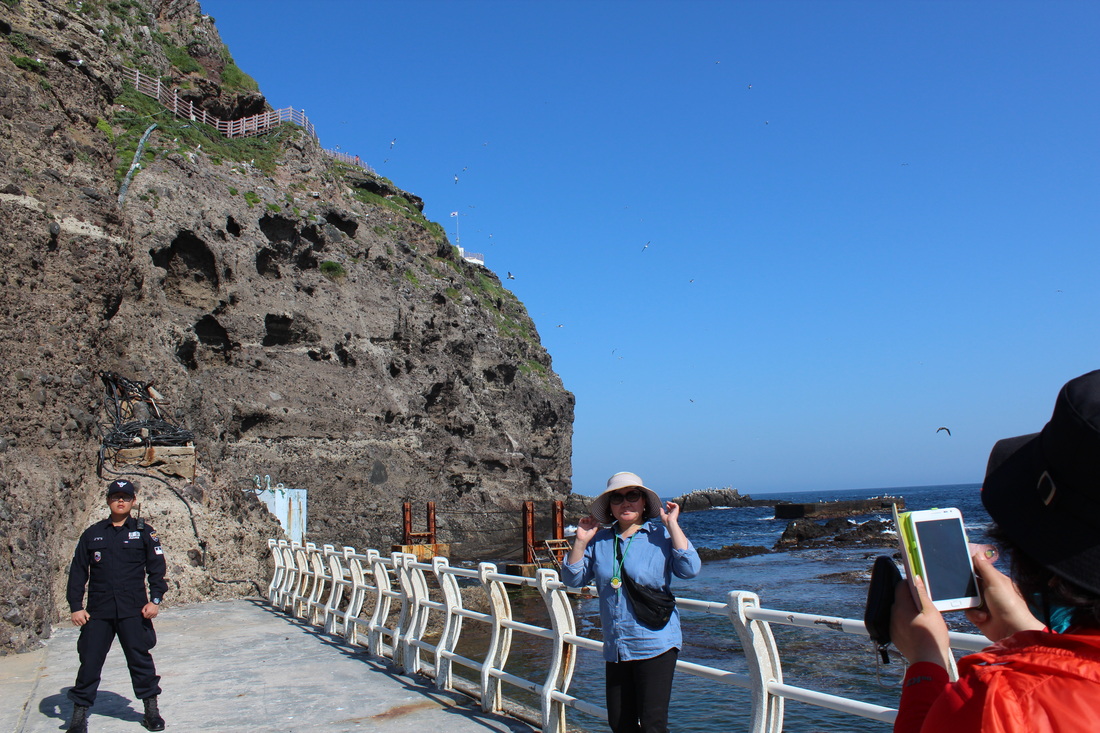
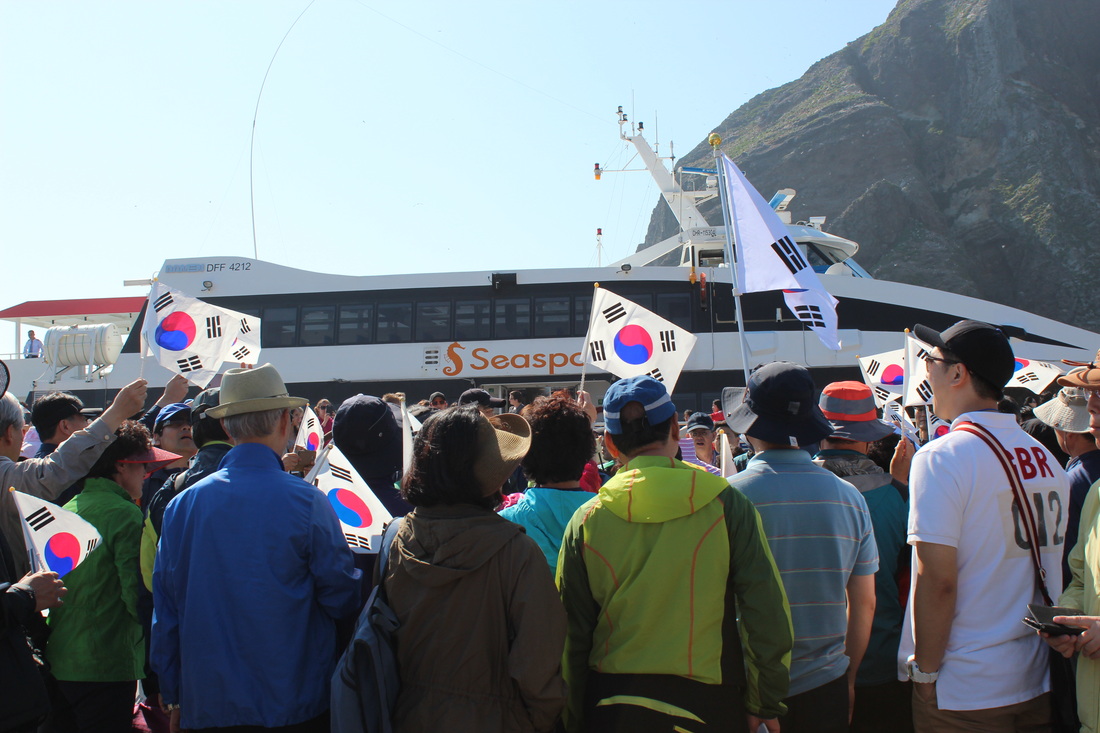
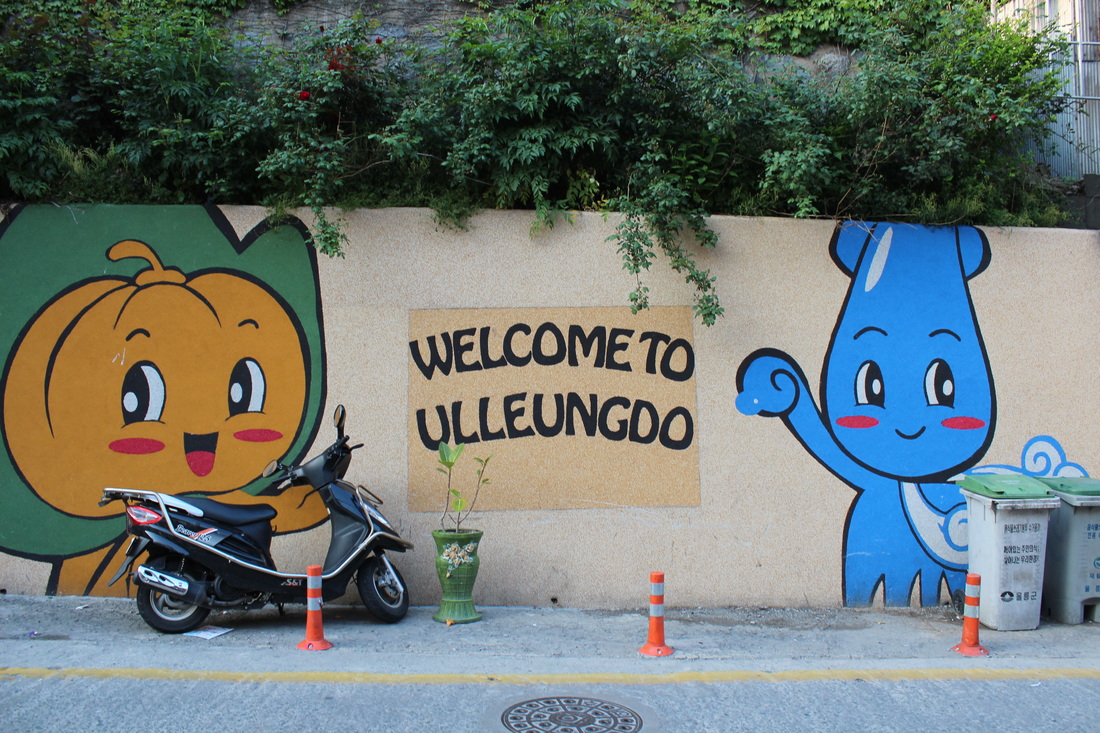
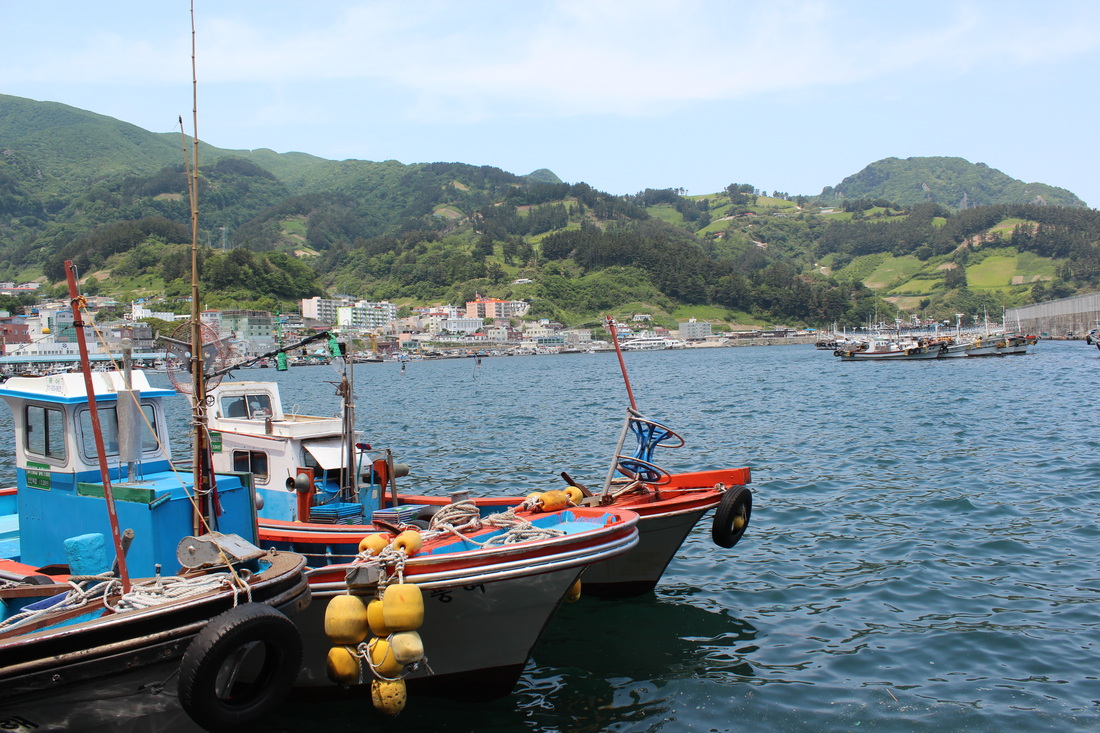

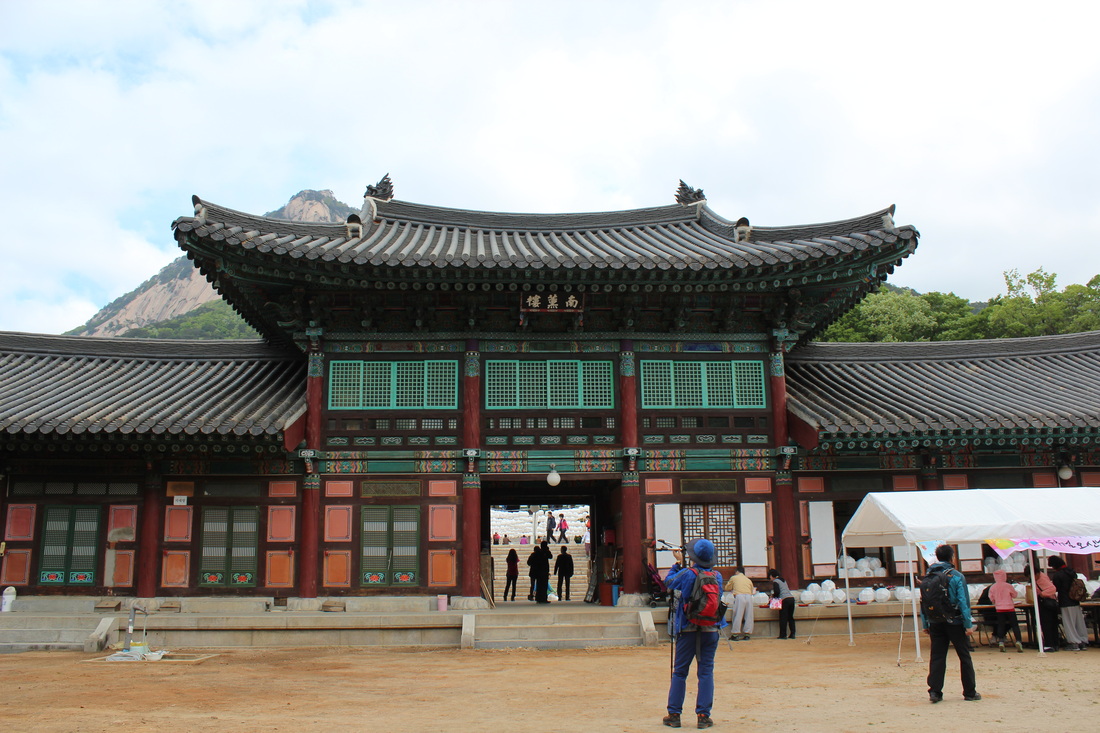
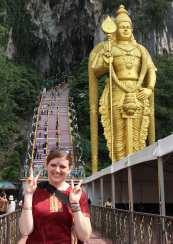
 RSS Feed
RSS Feed